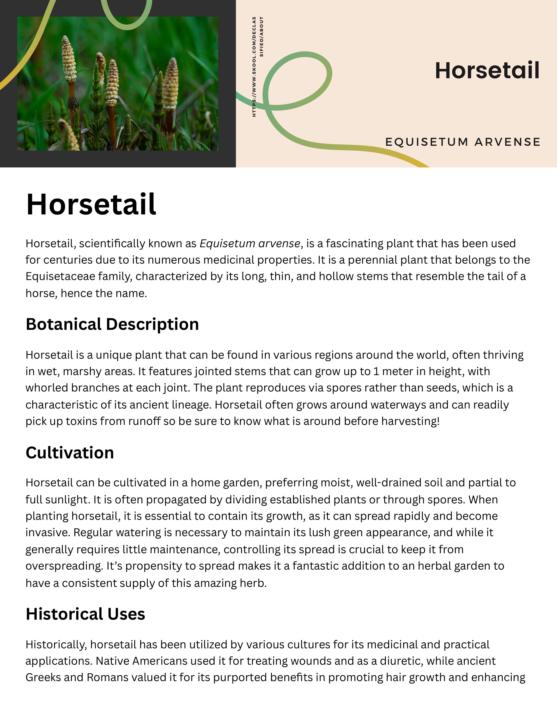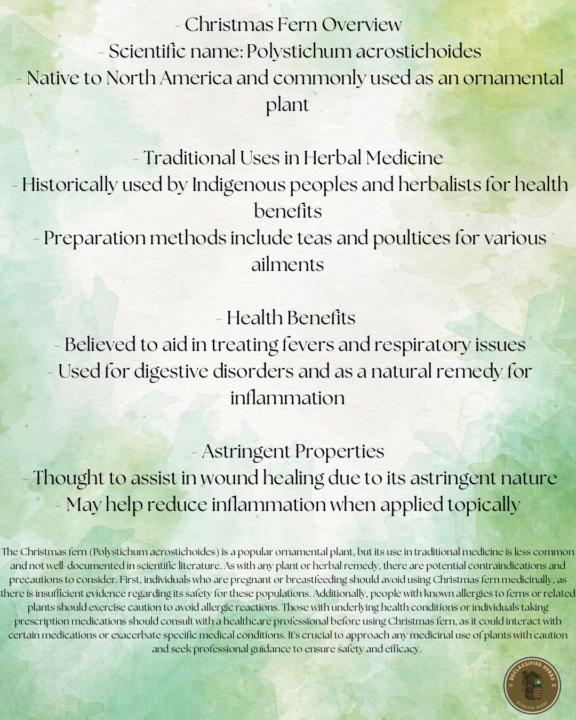
Write something
Pinned
Welcome to New Members!
If you’re new here, please take a moment to introduce yourself and help us get to know you a little bit! If you have some experience with herbal/natural remedies already, feel free to tell us your story! Also let us now what type of information you’re most interested in!
Poll
8 members have voted

Magic Butter Machine
Has anyone else tried using a magic butter type machine for herbs? I bought one (Infuzium 420… yeah different kind of herb.) and made a quart black walnut tincture in about 5 hours. It’s definitely faster than a typical maceration tincture method and came out nice and strong! My wife also used it to make a vanilla extract and I am now curious about making some sort of spiced cider in it. I used one at a class I attended this summer in New Mexico and was very impressed with how well the things we made turned out. I’m curious if anyone else has had a chance to try one out?
0
0

PictureThis
PictureThis is an app I use incredibly often. It has a yearly subscription for $29.99 and it helps me discover new plants all the time. All you do is take a picture and it goes to work. Recently I made a stupid mistake in the first hour of the first day on a 5 day hike. I saw a plant that looked like it would be a kind of young spruce or fir. I picked it and rubbed it between my fingers hoping for a blast of that fresh piney scent. Nothing… it smelled vaguely plantish. I was intrigued and pulled out the PictureThis app and took a picture. Introducing Cypress Spurge, a plant that could have rocked my world. As soon as I had read the description I set about washing the crap out of my hands with some of the water I had in a spare bottle followed by rinsing them in a stream I crossed a little while later. I waited for the irritation to ensue but apparently got enough of it off to not be an issue. The app isn’t very helpful with uses of the plant for food or medicine but for identification and safety it’s something I rely on pretty heavily.


Christmas Fern
The Christmas Fern (Polystichum acrostichoides) is a resilient and evergreen fern that thrives in the temperate regions of eastern North America. This plant is particularly cherished for its striking dark green fronds, which maintain their lush appearance throughout the winter months, offering a refreshing burst of greenery when many other plants have withered in the cold. Its evergreen nature makes it easy to spot in the cold snowy winters of Ohio. Historically, the Christmas Fern has played a significant role in the traditional medicine practices of indigenous peoples and early European settlers. They recognized the plant's potential health benefits and utilized it for a variety of medicinal purposes. The fern was commonly used in herbal remedies aimed at treating ailments such as fever, pneumonia, and even heart conditions. Some herbalists believe that the Christmas Fern possesses anti-inflammatory and astringent properties, making it a valuable resource for addressing various health issues. The preparation of the fern for medicinal use often involved brewing its roots and fronds into teas, decoctions or creating a poultice. These preparations were thought to help alleviate respiratory problems, such as coughs and bronchitis, as well as digestive disorders, fevers and minor inflammation. The soothing qualities attributed to the Christmas Fern made it a sought-after ingredient in home remedies for centuries. In contemporary times Christmas Fern retains a niche presence in herbal medicine circles but is a good plant to be aware of due to its abundance and evergreen nature. Herbal gardeners may appreciate it for its ability to thrive in shaded areas and as a ground cover, contributing to a natural landscape as well as an addition to a home apothecary. As with any herbal remedy, caution is advised when considering the Christmas Fern for medicinal use. It is always best to consult healthcare professionals before incorporating it into a treatment regimen, especially for those with pre-existing health conditions or who are taking other medications. While the Christmas Fern holds a place in the history of herbal medicine, a thorough understanding of its properties, benefits, and limitations is essential for safe and effective use.

1-22 of 22

skool.com/declassified
A group for rediscovering how to utilize the abundant resources all around to better prepare yourself and your community for anything.
Powered by
